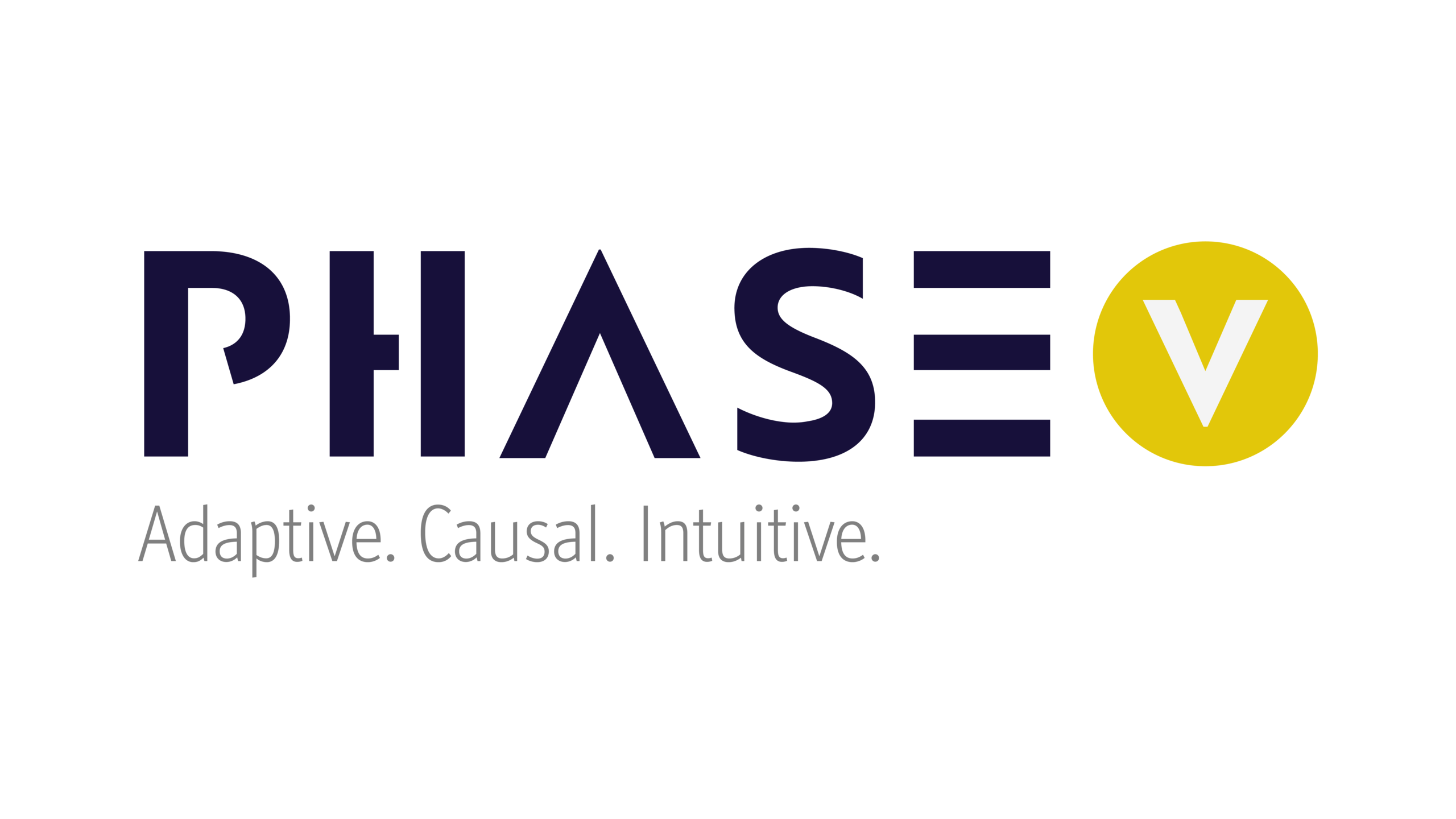From innovation to impact: How AI is shaping the future of the financial system

Hilary Gosher sat down with Adena Friedman, chairman and CEO of Nasdaq Inc., to discuss the short- and long-term impact of AI on finance. Their conversation explored Nasdaq’s transformation into a technology-driven enterprise, the role of AI in market operations, and the opportunities and challenges AI presents to the financial ecosystem.
These insights came from our ScaleUp:AI event in November 2024, an industry-leading global conference that features topics across technologies and industries. Watch the full session below:
Key takeaways
- AI plays a critical role in trading, risk management, and anti-financial crime efforts, with Nasdaq’s Verafin platform processing over a billion transactions a week.
- The financial industry faces strict AI governance requirements, ensuring explainability, data security, and compliance.
- Nasdaq integrates AI both in its products and internal operations, optimizing efficiency and accelerating innovation.
- The U.S. economy remains resilient, with IPO and M&A activity expected to increase in 2025 as investor confidence grows.
- AI will continue to define the future of financial services, driving growth and efficiency while presenting new challenges to navigate.
The Nasdaq transformation
Since becoming CEO in 2017 and chair of the board in 2023, Friedman has led Nasdaq’s evolution into a modern, technology-driven company. “We are a technology company serving the capital markets and the broader financial system,” Friedman explained.
Nasdaq operates with three distinct areas of focus: its markets division, where it manages its exchanges and trading operations; its capital access platforms, which offer corporate solutions, investor relations, governance, and ESG services; and its fintech division, which provides risk management, regulatory reporting, and anti-financial crime solutions to financial institutions worldwide. With a deep commitment to cloud and AI, Nasdaq has focused on helping the financial industry modernize by leveraging cutting-edge technology.
A data-driven industry adapting to the future
“The financial industry is, by nature, a data-driven industry,” Friedman said. “AI has actually been a deep part of the industry now for over a decade in terms of algorithmic AI.” Trading firms use AI-driven algorithms to define investment strategies, optimize order execution, and manage market operations. Nasdaq itself has introduced AI-powered features to enhance trading efficiency, such as the dynamic midpoint extended life order. “We look stock by stock, every second, updating the timer based on 125 different market factors that are self-learning as to what will be the optimal timer to maximize the fill rate,” Friedman explained.
“The financial industry is, by nature, a data-driven industry.”
Beyond trading, generative AI is playing an increasing role in client engagement and risk management. AI is enhancing personalization in investment strategies, automating regulatory compliance workflows, and bolstering anti-financial crime efforts. Nasdaq’s Verafin platform, for example, applies advanced models to analyze a billion transactions a week, helping banks detect fraudulent activities.
“We get audited by our regulators, and we also get audited by our clients”
With AI comes responsibility. “The industry has a very high bar for implementing AI, and that’s really government-mandated in terms of having explainability of the models,” Friedman emphasized. Financial institutions must ensure that AI models are interpretable, prevent data leakage, and operate securely. Nasdaq has established an AI governance committee, composed of its head of AI and chief risk officer, to oversee AI implementation.
“The industry has a very high bar for implementing AI, and that’s really government-mandated in terms of having explainability of the models.”
“We get audited by our regulators, and we also get audited by our clients in terms of understanding the explainability of the models and for them to be able to meet their own regulatory obligations,” Friedman noted, underscoring the importance of trust and transparency in AI adoption.
Driving innovation from within
Nasdaq integrates AI in two key ways. The first is AI in the product, where each product team incorporates AI capabilities into their offerings, such as AI-powered insights for investor relations and governance solutions. The second is AI in business, where AI is used internally to optimize operations, from automating software development processes to improving custom client solutions.
A dedicated transformation office oversees the strategic use of AI, and a central AI data science team tests emerging AI models before deploying them in production. “If you’re a developer, you’re going to town… using new technologies to deploy higher value activity,” Friedman said. “If you’re a client…that’s the hard part, because you really are saying to your teams, let’s re-engineer.”
The role of AI in financial data and anti-financial crime efforts
Data is the backbone of AI’s impact in finance. Nasdaq manages vast data lakes across multiple business units, including market data from trading activity and financial instruments, investment data from a 25-year database of asset manager performance used by institutions for asset allocation, and anti-financial crime data contributed by 2,500 banks to help identify financial crimes in real time.
“We’re not creating new AI-native products. We’re creating new AI-native features within our products.”
Nasdaq uses AI to enhance these datasets, from summarizing pension fund meeting minutes to applying machine learning models for detecting fraudulent transactions. “We’re not creating new AI-native products. We’re creating new AI-native features within our products,” Friedman clarified.
The U.S. economy, IPO market, and M&A outlook
Beyond AI, Friedman shared insights on broader financial trends. The U.S. economy has shown resilience, with its innovation ecosystem driving continued growth. “The U.S. economy has stayed quite resilient over a very tumultuous period, and I think that that’s really a testament to the strength of our country,” Friedman noted. The IPO market, after a slow period, is showing signs of recovery, with 2025 expected to bring increased activity as investor confidence strengthens. Mergers and acquisitions have been constrained by regulatory hurdles, but Friedman sees potential for greater flexibility in the future.
Looking toward the future
As AI continues to evolve, its role in financial services will only grow. “AI is going to be the defining technology for our industry for the next 10 years,” Friedman concluded. With AI transforming everything from risk management to client engagement, financial institutions must navigate both the opportunities and the challenges it presents. Nasdaq’s approach — focused on innovation, governance, and responsible deployment — provides a model for leveraging AI to drive the financial system forward.
Watch more sessions from ScaleUp:AI, and see scaleup.events for updates on ScaleUp:AI 2025.








